(1729 products available)



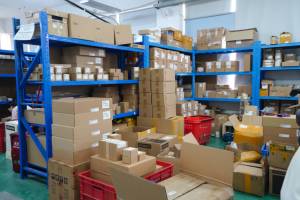
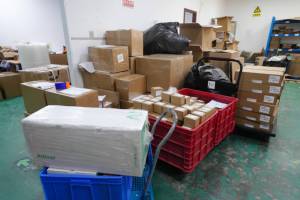




















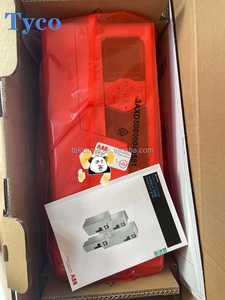

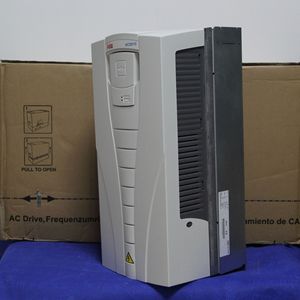
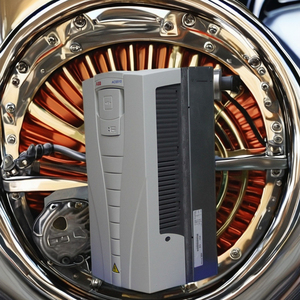





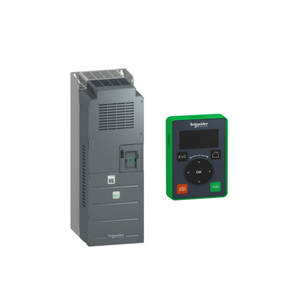


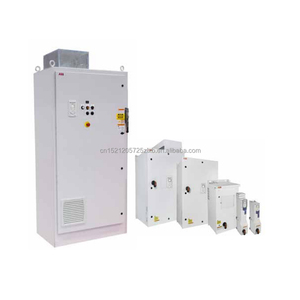












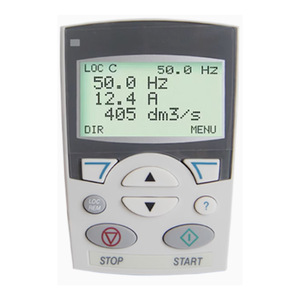



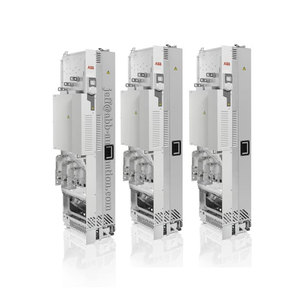



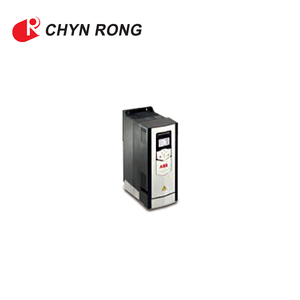
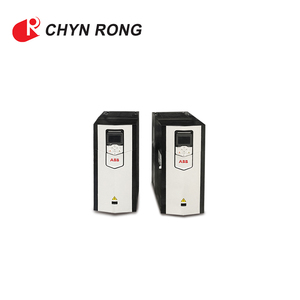



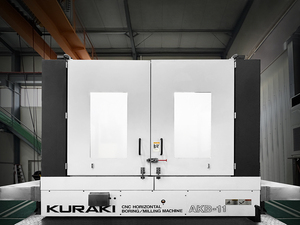




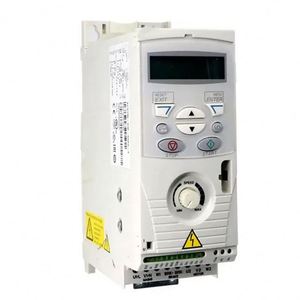


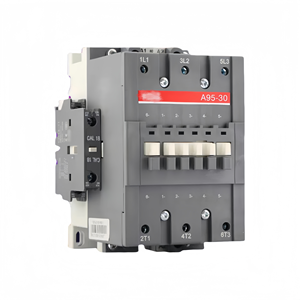





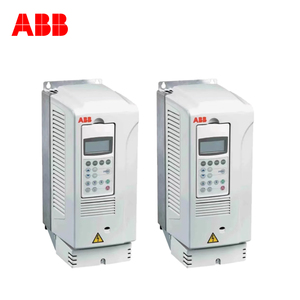

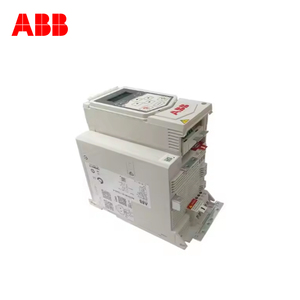
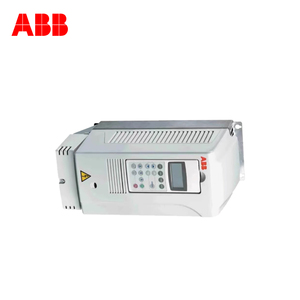

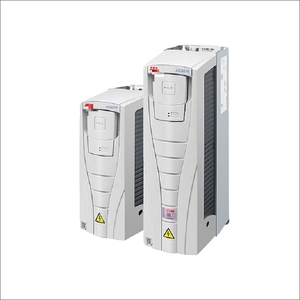


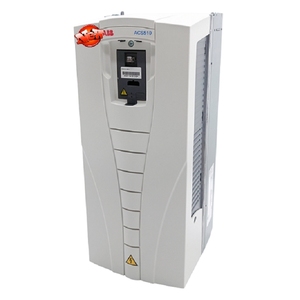

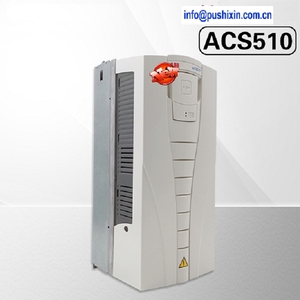





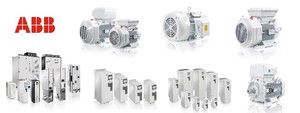






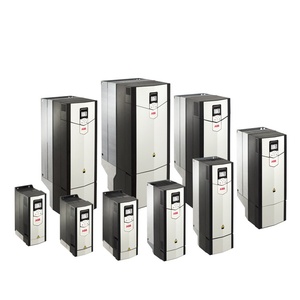

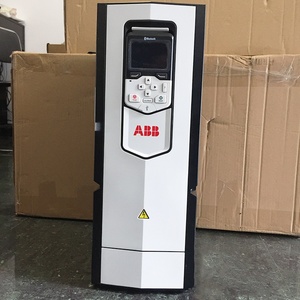

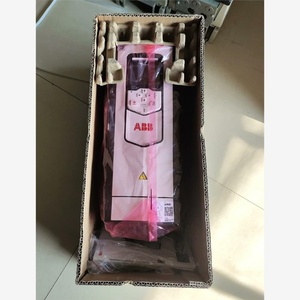


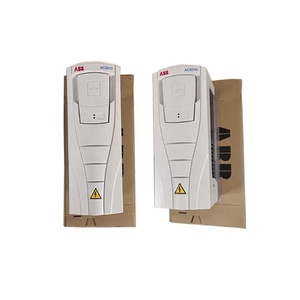

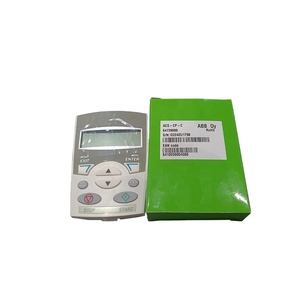

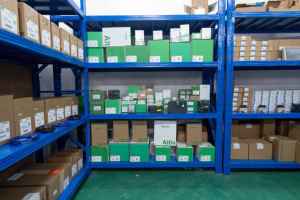


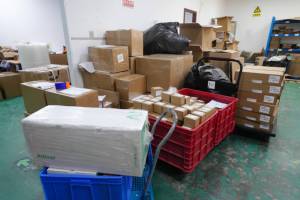

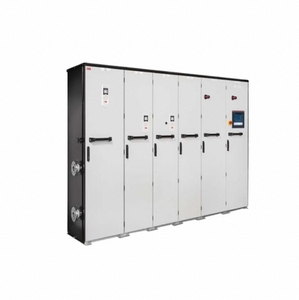

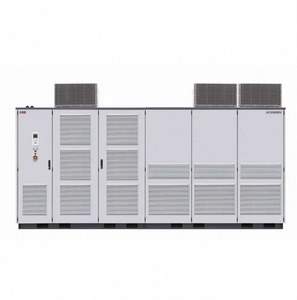
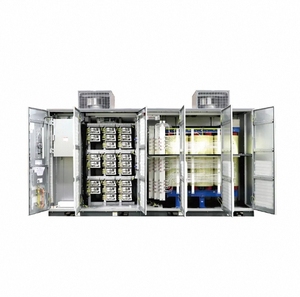



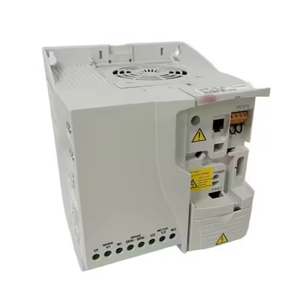
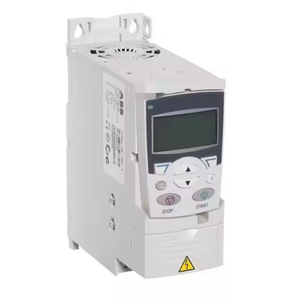








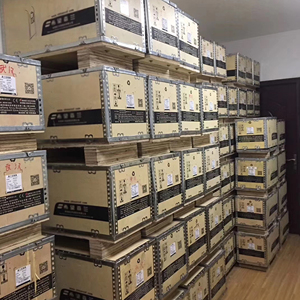

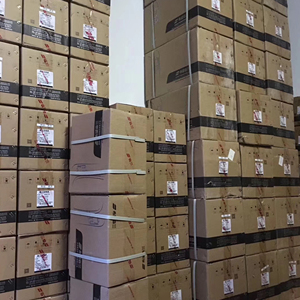

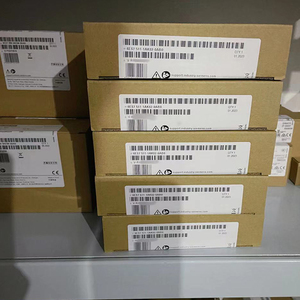



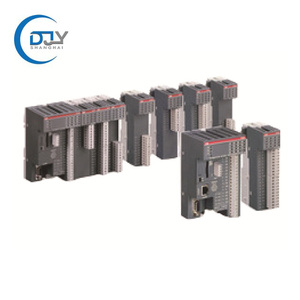








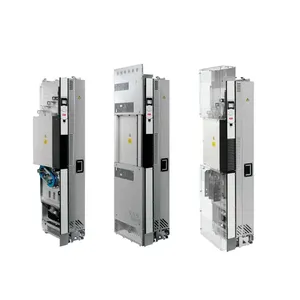
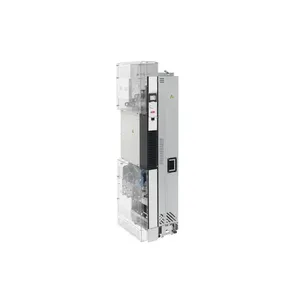




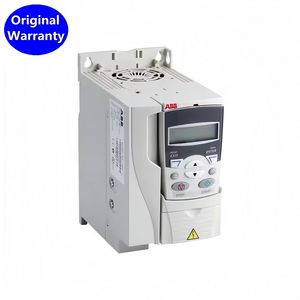

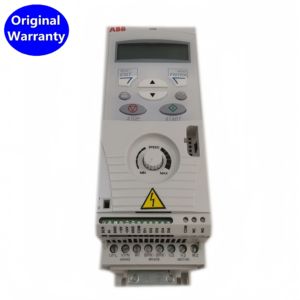

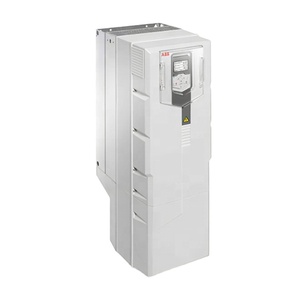


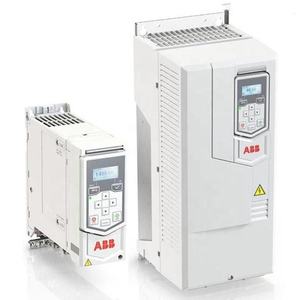

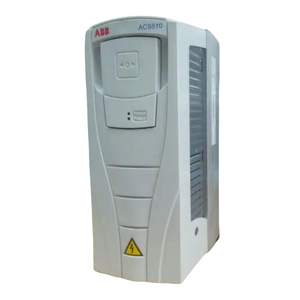
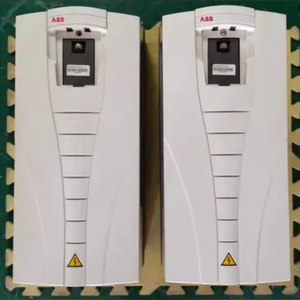


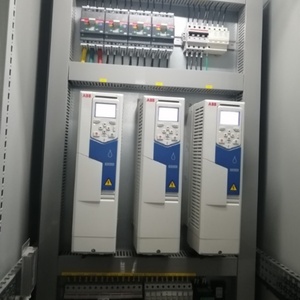













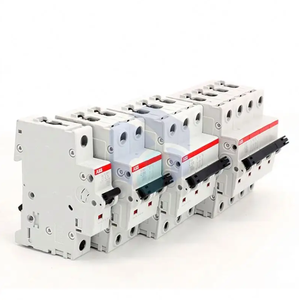



ABB is known for its high-quality variable frequency drives (VFDs), also called adjustable speed drives (ASDs). These drives control electric motor speeds and help with different industrial applications. You can find ABB VFDs in many series and each series is designed for specific needs.
The following are some of the most common types.
This type of VFD gives smooth, continuous changes to a motor's speed and is suitable for pumps and fans. It uses PWM technology to give the motor an even power supply. This makes it ideal for tasks requiring close speed control. Most of these drives can give out 600 Hz frequency. The drives can work in tough situations and handle different motor loads at all times.
This series was designed to help with the need for backup power supply. It uses a battery to power the VFD during power outages. The drive keeps the motor running for some time until the power is back. This can also help lower energy costs by using the battery when power rates are high. The drive is easy to install and works with different motor sizes.
This drive controls motor speeds and protects them from damage. It can handle high voltages and good for motors with 1 phase or 3-phase power. It gives smooth speed control and saves energy. It is simple to use and works well in hard environments. It can also keep the motor safe if things go wrong.
The variable-speed generator creates power at a steady speed, no matter how the environment around it changes. The system produces the most efficient outcome when both the generator and motor operate at their optimal speeds. They achieve full efficiency when the motor speed and the turbine speed ratio reach optimum values.
One of the major uses of ABB VFDs is in the control of motors in machinery. Industries use machines all the time and keeping those machines working is key for staying in business. VFDs give the motors precise speed control so machines can work how they're meant to. This improves production rates. Using VFDs also lessens wear on motor parts by only putting in the energy the motor needs depending on what it's working on. This gives longer motor life and improves machine reliability.
VFDs are used to control mechanical fans in HVAC (heating, ventilation, and air conditioning) systems. These systems depend on air circulation to keep the right temperatures and fresh air levels. Using VFDs helps adjust fan speeds to match the air flow needed at any time. This cuts down on air flow, energy use, and noise when full flow isn’t necessary. It also lessens fan wear from having to work against closed dampers. Smooth speed control reduces fan vibration that can harm parts over time. Overall, VFDs help fans run more reliably in changing system needs.
Pumps, compressors, and fans are all core parts of many industrial heating systems. But heating systems need a different design focus from other areas. Indirect heating uses a heat source to warm up a substance that then transfers that heat to what needs to be heated. This means VFDs must control associated loads optimally based on the heating needs. For example, keeping steam production steady even if pressure or temperature changes.
VFDs control system water flow to keep fire safety systems protected. There are many threats to safety system designs. VFDs control motors to power system water-based movement. With the rising need for safety, keeping systems reliable builds system-dependent growth. VFDs smooth out flow rates to reduce pressure variation risks.
Embedded Industrial Ethernet
Many ABB drives, especially from the Control Architecture Toolbox family, have built-in Industrial Ethernet. This lets users monitor and manage the drives and improve production. Communication happens really fast and syncs with other devices easily for better teamwork. This simplifies connections to networks, cutting down set-up time and boosting system speed. Having all this is a plus because it helps industries work better and grow their output.
Built-in safety functions
MultiDrive has safety features like safety torque off, safe stop, safe braking, and more built into its topology. Safe torque off can cut the motor's power supply when needed to avoid accidents or harm. Safe stop checks if machines must shut down and halts functions safely. Safe braking quickly stops machines from dangerous moves. These all work without needing extra parts, saving time and cost. Making workplaces safer helps industries run better.
Control for synchronous and asynchronous motors
ABB VFDs are really flexible since they can control both synchronous and asynchronous motors. Synchronous motors need a constant magnetic field to match the motor speed of the magnetic field rotation. On the other hand, asynchronous motors work on different speeds between the rotor and stator fields. This means they won't bind up and can keep working, even when things change. ABB VFDs can work with different motor types depending on project needs. This makes them good for lots of industrial uses.
Start/stop control
Direct-On-Line (DOL) gives motors full power from the start. This gives strong starts but can be tough on parts. Star-Delta starts less power at first, then switches to full power once stable. This lessens strain during starts. Other styles like rotor resistors and others balance power between motor needs and supply limits. Choosing the right one protects motors and extends their life.
Calibrating an ABB variable frequency drive works better when the power is off. This lowers risks like shock or damage from sudden moves. It also makes sure settings change safely without causing part harm. Keeping things safe and steady during calibration ensures motors work right.
Installing an ABB variable frequency drive the correct way is vital to safety and quality. Always follow official guidelines. Using wrong methods might make the drive not work as it should. This could cause motor control failure. Never skip steps or do things differently just to save time. Proper setup protects against damage and ensures smooth driving.
External vibrations jolt machine parts and can fray wiring inside the drive. Control these jolts so the drive stays intact for longer. Smooth driving lessens wear that cuts the drive's life short. Use mounts and dampeners to limit how much shaking gets through. If the drive shakes, it won't work right, even with great care taken in installation.
An open circuit keeps the drive from sharing power with the motor. Do the same test often to ensure the connection always stays intact. One simple test is checking all wire links are strong together. Having an open circuit strains the drive as it struggles for power. Regular testing spots breaks fast so the drive never gets overworked.
Yes. Proper installation greatly affects the performance of the drive. However, the environment in which the drive is set up is also important. For instance, installing the drive outdoors in harsh weather can damage it. Similarly, high-temperature environments may harm the internal components.
Sealing is highly important for VFDs. Proper sealing will prevent the penetration of contaminants and invaders like dust, dirt, and moisture. These invaders will affect the internal components of variable frequency drives. Without proper sealing, electrostatic discharge will also increase.
Yes. Using regenerative drives can help. The regenerative drives will recover energy that is not put into use. Additionally, optimizing the load requirements will help malfunction and overuse be reduced.
The output of variable frequency drives contains high-frequency currents. These currents can potentially damage the drive through EMI or RFI. Therefore, grounding the drives will eliminate this issue. Proper grounding will stop the release of stray current. Rather, it will provide a pathway for the current to go back to the driven source.
Yes, space heaters can be used in cold environments where the temperature drops below the required threshold. However, users should always ensure that the option they selected offers adequate heating for the variable frequency drive enclosure.